Have you ever heard someone say, “I want to be able to touch my toes?” As if that was a very important thing to show their fitness and health.
It is such an arbitrary sign of “flexibility” and isn’t necessarily meaningful when it comes to preventing injuries or moving well. (Ready to address a specific ache or pain? Click here and check out our best injury prevention articles)
For one, touching your toes doesn’t even necessarily mean you have great hamstring flexibility. Leg and arm length can affect whether or not you can easily do this movement.
Two, all that touching your toes shows is that you have, potentially, flexible hamstrings. What if your quads and hips are tight and because you solely focused on the flexibility of one muscle group there are imbalances between the muscles which inhibit proper mobility of your hips?
Three, what if you can touch your toes, but one side feels tighter than the other and you’ve never addressed this issue and imbalance, which could lead to pain and injury?
Basically, stretching to be “flexible” isn’t necessarily the key to health and preventing injuries. Actually flexibility in general isn’t necessarily the key to preventing injuries.
What is the key?
Correcting imbalances!
When we have imbalances between muscles that each affect the same joint and even imbalances between sides of our bodies, our bodies will try to compensate to complete the movement, which is when injuries and problems are even more likely to develop.
Our body will try and take the path of least resistance to perform a movement and will recruit muscles that aren’t necessarily supposed to work, aka compensate, to do the task at hand. This overuse of muscles that aren’t meant to work and the faulty movement patterns that occur are what lead to injury.
So while yes, stretching and becoming more flexible can help, flexibility isn’t the be all and end all.
Correcting imbalances and restoring proper mobility to our joints is what is essential to preventing and alleviating injury.
And this requires that we do more than constantly stretch our hamstrings or any other muscle group for that matter.
It means we’ve got to implement a proper program with foam rolling, stretching, activation and strengthening. A proper program that address and corrects imbalances.
And this program can’t just address muscle flexibility. It’s got to restore mobility by not only loosening tight muscles, but also by getting the correct muscles activated and working.
If we simply spend all of our time stretching and rolling without ever getting the correct muscles activated and working, most likely we will just end up in pain and injured again.
Why isn’t foam rolling and stretching simply enough?
Because if we don’t get the correct muscles also ACTIVATED and working the compensations and poor movement patterns we have ingrained in us will most likely cause us to keep overusing the same small muscles that shouldn’t be working, no matter how much we roll out and stretch.
To correct imbalances and restore proper mobility, you’ve got to loosen up tight muscles, using foam rolling and stretching, and then you’ve got to work to start activating the correct muscles.
This means address imbalances. What muscles are weak and inactive causing you to overuse smaller muscles that shouldn’t be carrying the brunt of the load?
Say you have shoulder or even neck pain and you sit hunched over a computer at your desk for 9 hours a day. While your neck or shoulders may hurt, you can’t simply roll out those areas.
You’ve got to also address the tightness in your lats and chest which could be causing you to overuse your upper traps, rotator cuffs and even the small muscles in your neck. So you roll out your chest and lats to open things up.
But once you’ve started loosening up those tight areas, you also have to get the big muscles of your back activated and working properly.
Activation means getting the correct muscles working to help maintain the balance and mobility that you’ve started creating with foam rolling and stretching to improve your movement patterns and prevent compensations!
In the situation above, this means getting your lower and mid traps and even your rhomboids and potentially lats engaged and working correctly.
But it isn’t simply about getting the big muscles activated.
It is also about addressing imbalances between sides!
You may have pain not only because the big muscles aren’t engaged and working properly, but also because their are differences between both of your sides.
Say you’ve had a shoulder injury on your left side. Potentially your lat isn’t working properly then on that side and you even have more limited scapular retraction on that side.
This could not only contribute to re-aggravating the injured shoulder, but could also cause pain and injury up and down that side or even injury on the other side because other muscles COMPENSATE!
Sometimes this does mean doing extra activation on one side. If you have hip or low back issues, it may mean doing Single Leg Glute Bridges on one side to get the weak or inactive glute caught up.
It may mean you have one side of your back that is weaker and you may need to do extra activation on that side.
The point is that flexibility isn’t truly the most important thing. Being able to do the splits or touch your toes isn’t necessarily going to make your body healthier and guarantee you’ll avoid pain.
If you want to truly prevent and alleviate aches and pains, you’ve got to not only, foam roll and stretch, but also activate and strengthen. And you’ve got to do all of these things to address imbalances not only between overactive and underactive muscles, but also between both sides of your body!
Imbalances, which lead to compensations and dysfunctional movement patterns, are what truly cause injury!
For our best articles using our four step program to prevent specific pains and injuries, see below!
Address Your Aches and Pains!
Low back, hip or knee pain? Shoulder or neck pain? Foot or ankle pain? Even wrist pain? See our best injury prevention articles below to help you alleviate those aches and pains!
Back and Hip Pain

Knee Pain
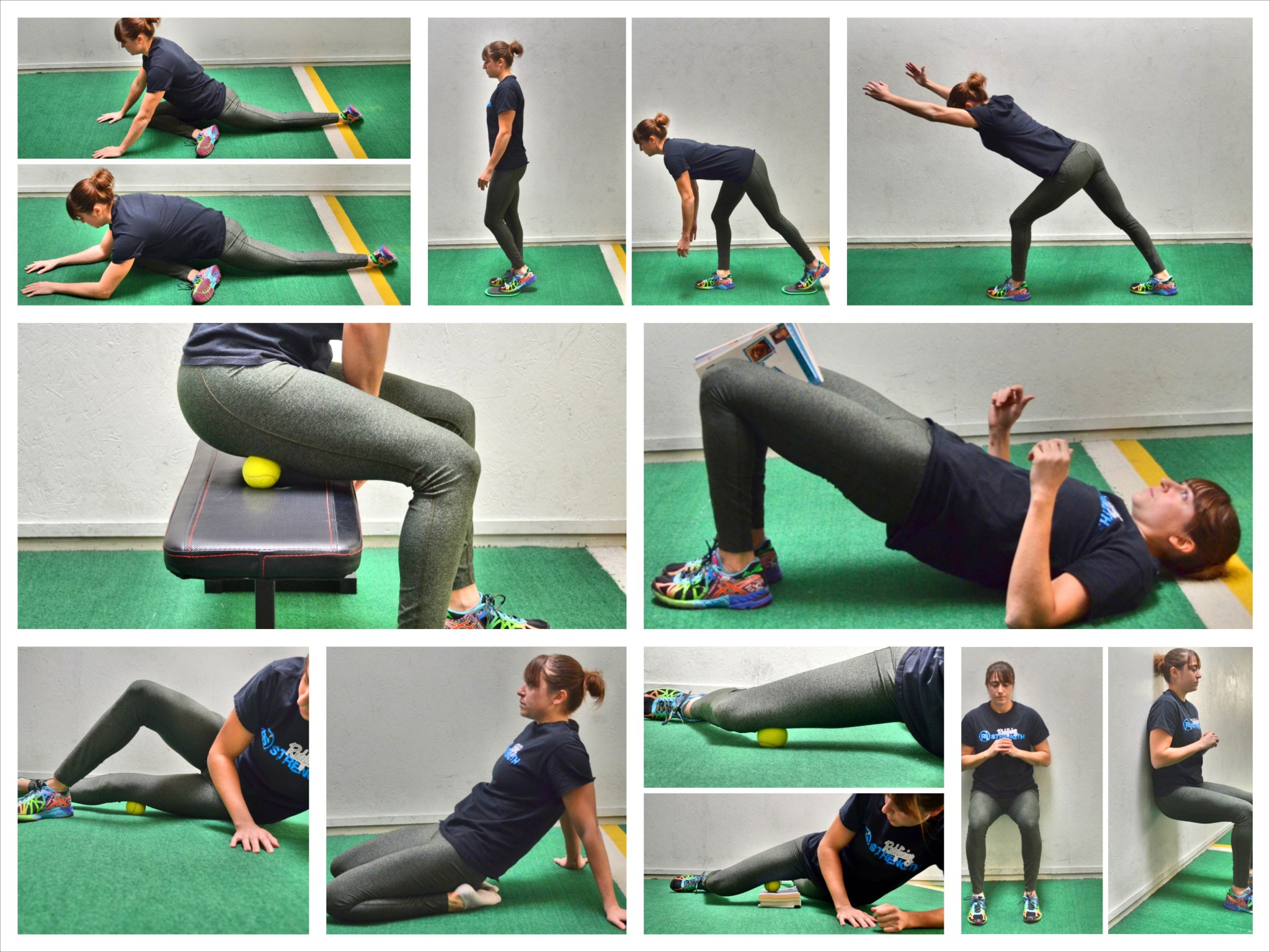
Shoulder Pain
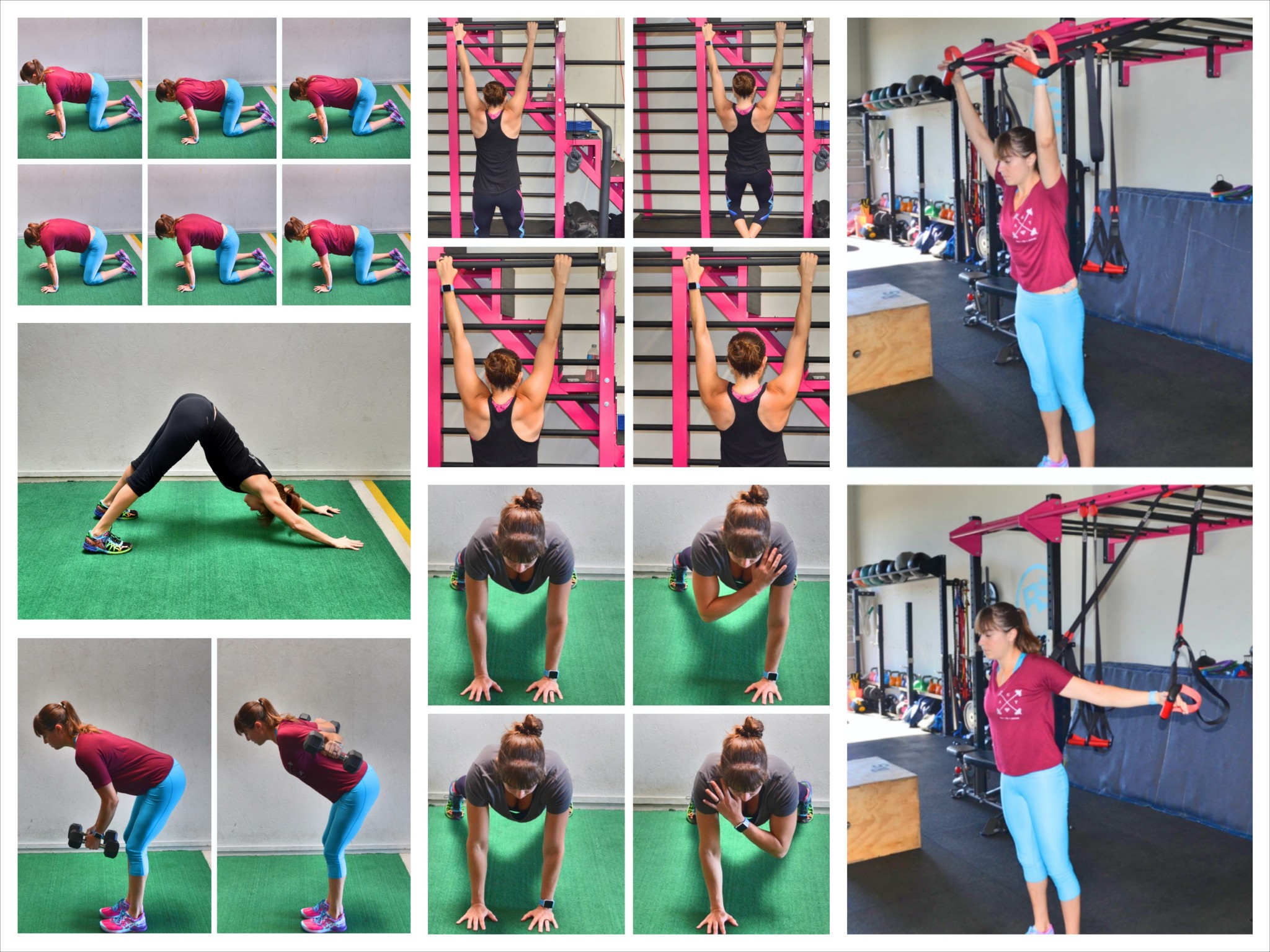
Neck Pain

Foot and Ankle Pain

Wrist and Elbow Pain
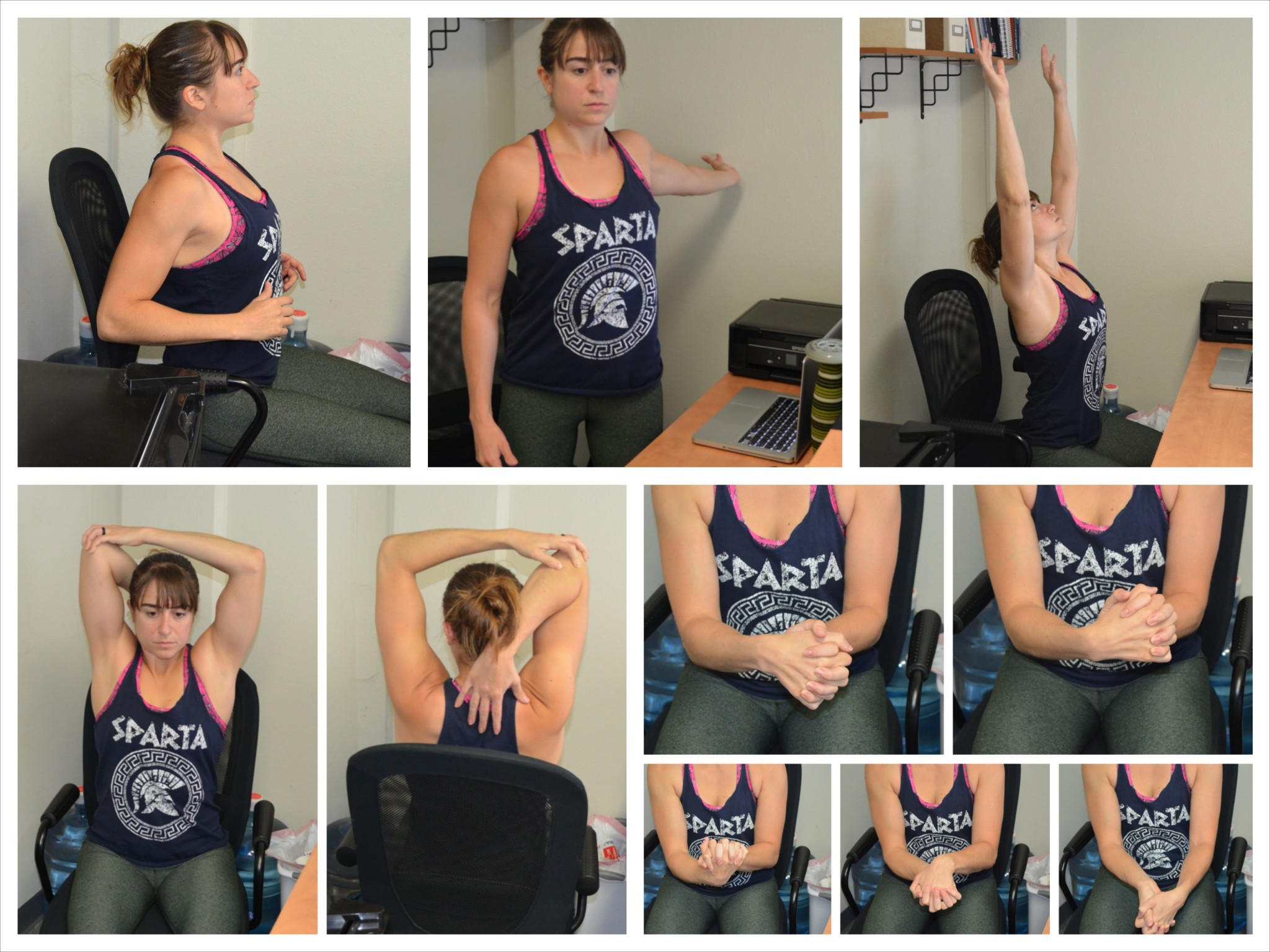
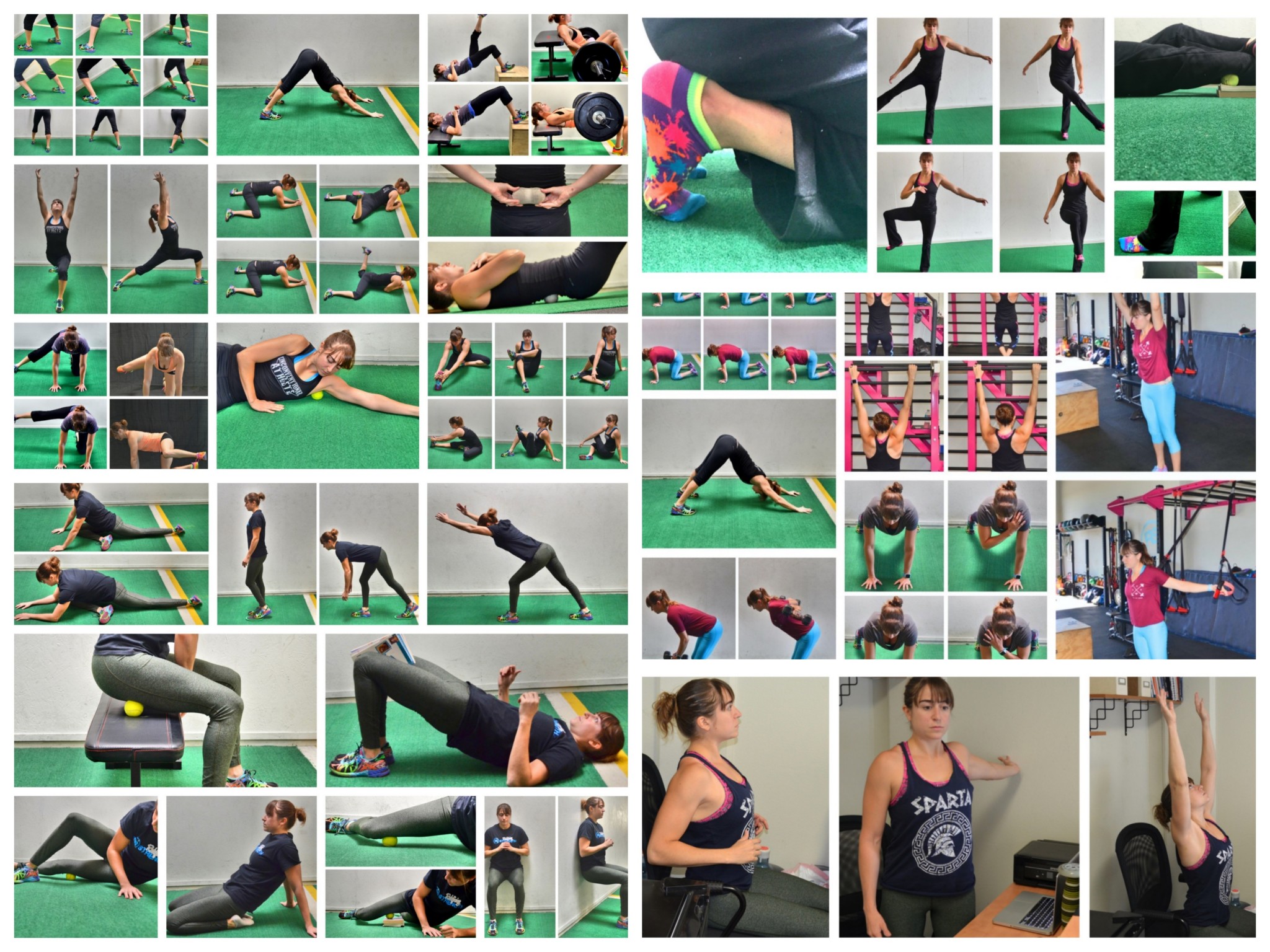
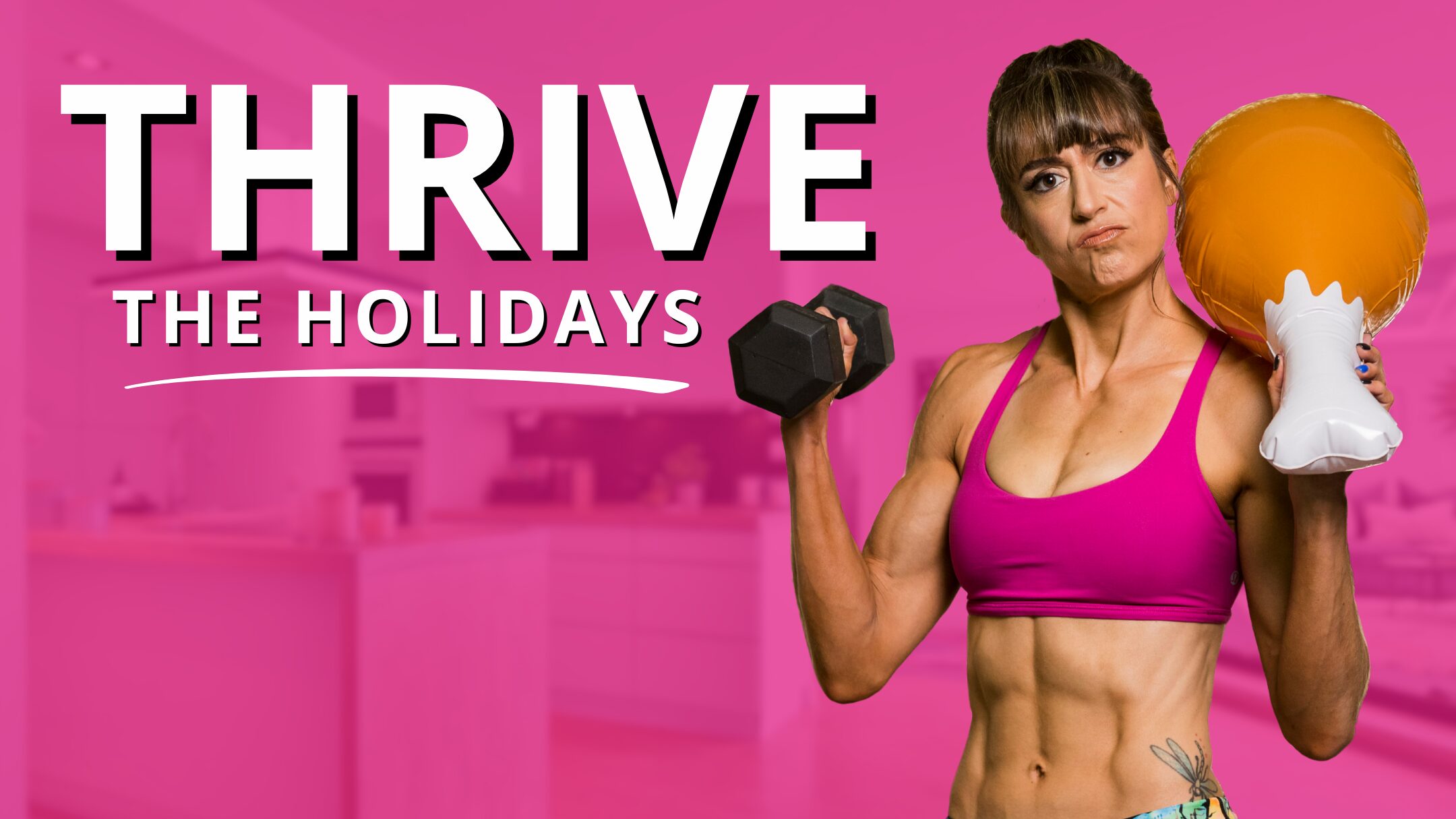
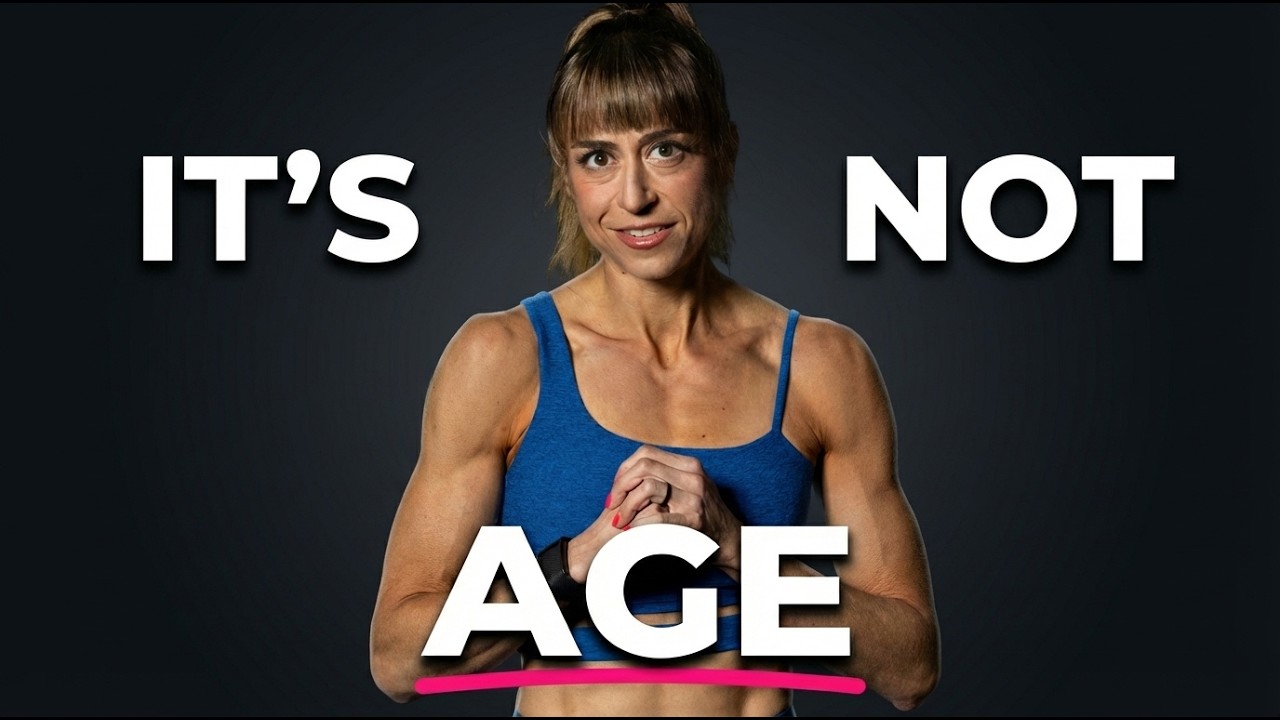
To the athletic world and the athlete who knows it all:
Step One: Read this article again.
Step Two: For good measure, read the article one more time.
Step Three: Follow Cori’s sage advice and live a long, happy, and healthy athletic life.
Cori – good work you have started a overlooked conversation that needs more attention in a world where mobility and flexibility is getting more than its fair share of the news. If mobility is important, then muscle imbalance is critical.
Thank you Bryan! I definitely agree that imbalances and addressing those imbalances is critical to preventing pain and injury and to helping us all move better 🙂 Thanks for commenting and contributing!
I love this! Stretching for the sake of stretching isn’t going to remedy the problem. Thank you, Cori! You keep educating us in such vital ways…and bring it to us so simply. Wonderful!
Thanks Christine! Glad it helps 🙂
I love the thorough, but easy to understand explanations you give. I always learn so much. Thank you.
Thank you Lisa! Glad they help!